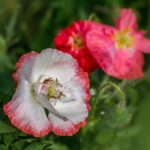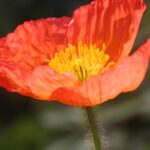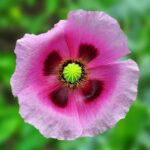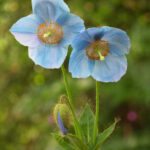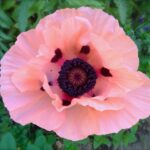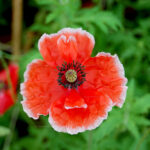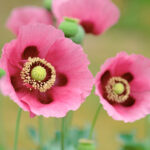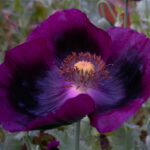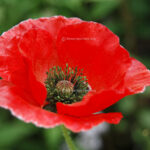Growing poppies can be a rewarding experience, as these flowers are not only beautiful but also relatively easy to cultivate. Here’s a step-by-step guide on how to grow poppies:
1. Choose the Right Type of Poppy
- Oriental Poppies: Perennials with large, vibrant flowers.
- Iceland Poppies: Perennials with delicate, pastel flowers.
- California Poppies: Annuals with bright, cup-shaped flowers.
- Breadseed Poppies: Also known as opium poppies, grown for seeds.
2. Select the Right Location
- Sunlight: Poppies need full sun, at least 6 hours of direct sunlight per day.
- Soil: Well-draining soil is crucial. Sandy or loamy soil with a neutral pH is ideal.
3. Prepare the Soil
- Till the Soil: Loosen the top 6-12 inches of soil.
- Amend the Soil: Add compost or organic matter to improve soil fertility and drainage.
4. Planting Poppy Seeds
- Timing: Plant seeds in early spring or late fall. Poppies can withstand light frost.
- Sowing: Scatter the seeds on the surface of the soil. Do not cover them, as they need light to germinate.
- Spacing: Space seeds or seedlings 6-12 inches apart.
5. Watering
- Initial Watering: Keep the soil moist but not waterlogged until the seeds germinate.
- Ongoing Care: Once established, poppies are relatively drought-tolerant. Water them during dry spells, but avoid overwatering.
6. Maintenance
- Thinning: Thin seedlings to prevent overcrowding, allowing the strongest plants to thrive.
- Weeding: Keep the area weed-free to reduce competition for nutrients and water.
- Fertilizing: Generally, poppies do not require much fertilization. If necessary, use a balanced, slow-release fertilizer sparingly.
7. Supporting Growth
- Staking: Taller varieties may need support to prevent them from falling over.
- Mulching: Apply a thin layer of mulch to retain moisture and suppress weeds.
8. Harvesting and Deadheading
- Deadheading: Remove spent flowers to encourage more blooms.
- Seed Harvesting: Allow seed pods to dry on the plant. Once they turn brown, cut them and collect the seeds for next season.
 Flower Love
Flower Love
